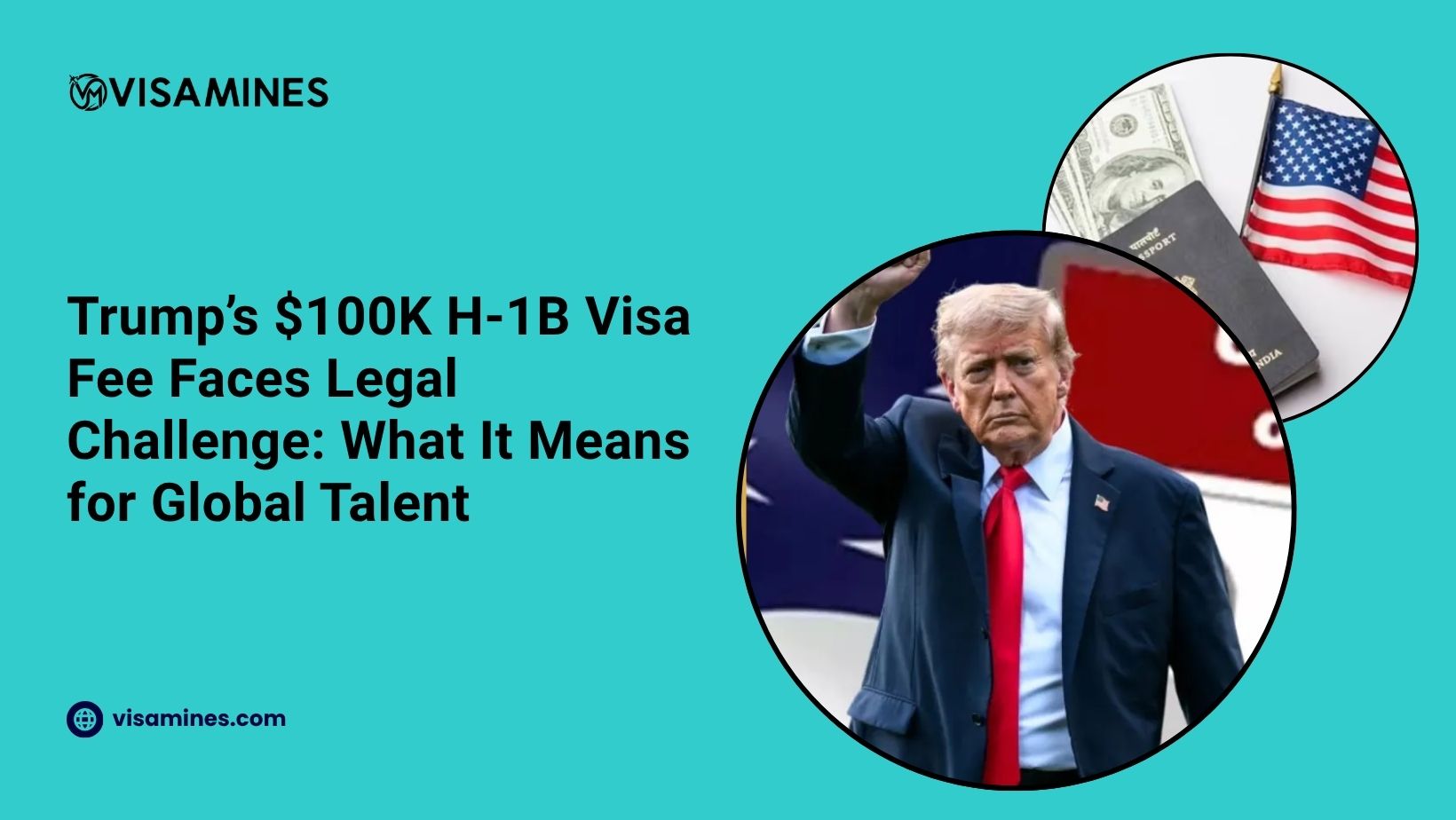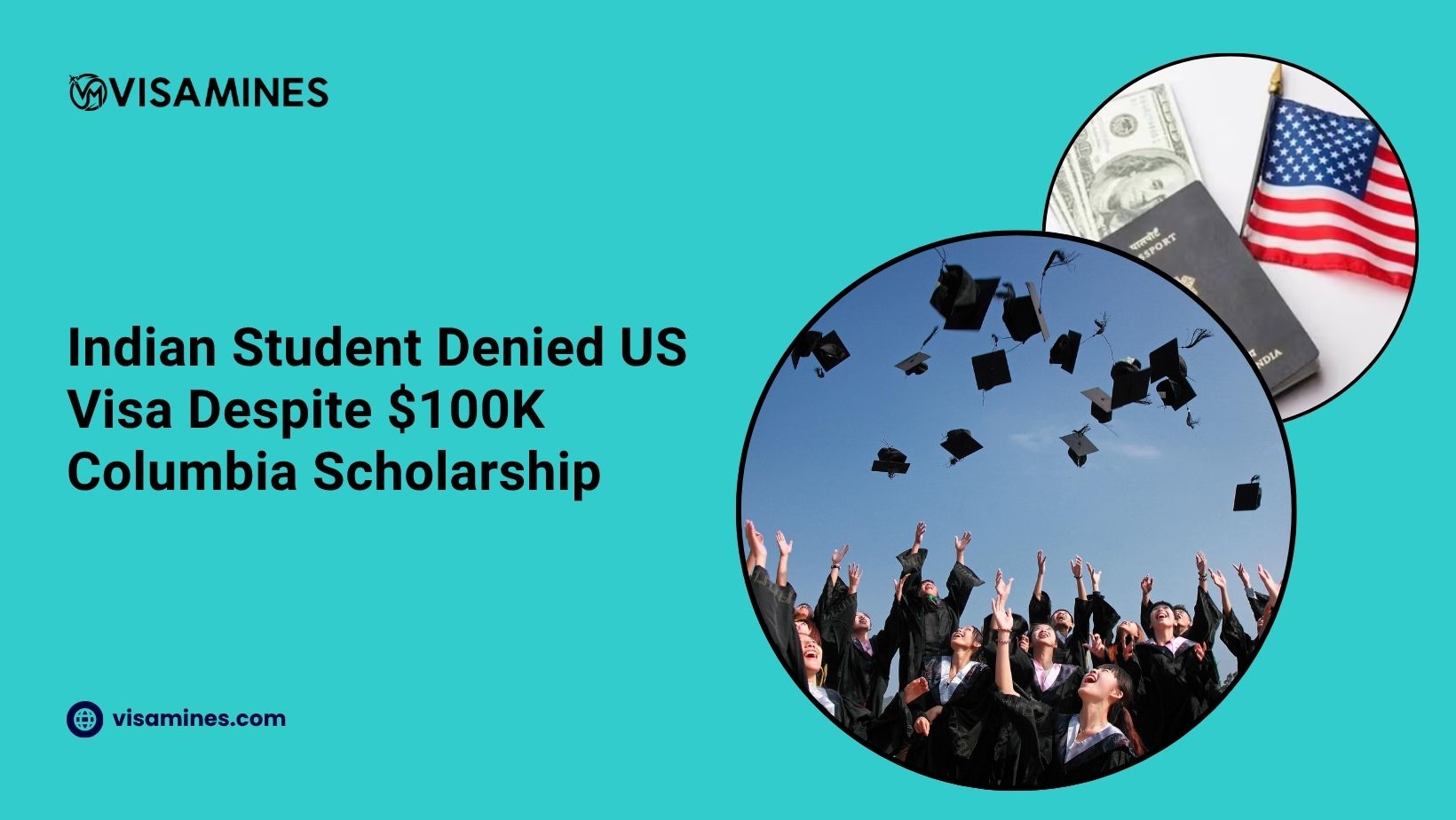A significant legal battle is unfolding in San Francisco over the Trump administration’s decision to impose a $100,000 fee on H-1B visa applications—a move that could reshape U.S. immigration policy and its impact on global talent mobility. The lawsuit, filed by a coalition of unions, employers, and religious groups, aims to block this unprecedented fee, arguing it is unlawful and unconstitutional.
What’s at Stake?
The H-1B visa program has long been a cornerstone of U.S. immigration policy, allowing employers—especially in the technology sector—to hire foreign workers in specialty occupations. Historically, the application fees for H-1B visas ranged from $2,000 to $5,000. But under the Trump administration’s new plan, the fee for new applicants could skyrocket to $100,000, making it significantly more expensive for companies to bring in highly skilled workers from abroad.
Legal Challenges to the Fee Hike
The coalition of plaintiffs—including the United Auto Workers union, the American Association of University Professors, the Justice Action Center, and the Democracy Forward Foundation—argue that President Trump exceeded his authority by imposing the fee without Congressional approval. According to the lawsuit, the U.S. Constitution grants the “power of the purse” solely to Congress, and the president cannot unilaterally impose taxes or fees.
Moreover, the plaintiffs contend that the changes to the H-1B program undermine a system that has been in place for decades, with established procedures for visa applications that Congress has set. By bypassing these processes, they argue, the Trump administration is introducing policies that could allow for selective enforcement and even corruption.
Implications for Global Mobility and Innovation
Beyond the legal battle, the lawsuit also raises concerns about the long-term effects of such a fee increase on global talent mobility and U.S. innovation. Critics of the new policy argue that a $100,000 fee could discourage smaller businesses, startups, and research institutions from hiring foreign workers. The result? A potential slowdown in innovation in key industries such as technology, healthcare, and engineering, which have traditionally relied on foreign talent to fuel growth.
The lawsuit also highlights how such a move could have broader implications for the U.S.’s position as a global leader in talent attraction. With rising fees, the U.S. may face competition from other countries seeking to attract highly skilled workers.
The Road Ahead
As this lawsuit progresses, the implications for U.S. immigration and global mobility are becoming clearer. The outcome of the case could set a precedent for how visa programs are managed in the future, particularly in terms of how fees are structured and how foreign workers are treated under U.S. immigration law.
Visa applicants, employers, and immigration advocates are closely monitoring the case, as its resolution will play a pivotal role in defining the future of global talent flow and the integrity of U.S. visa programs.







